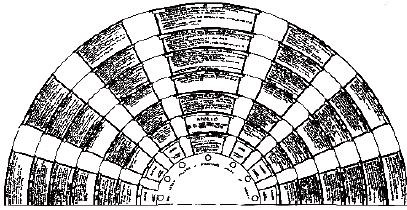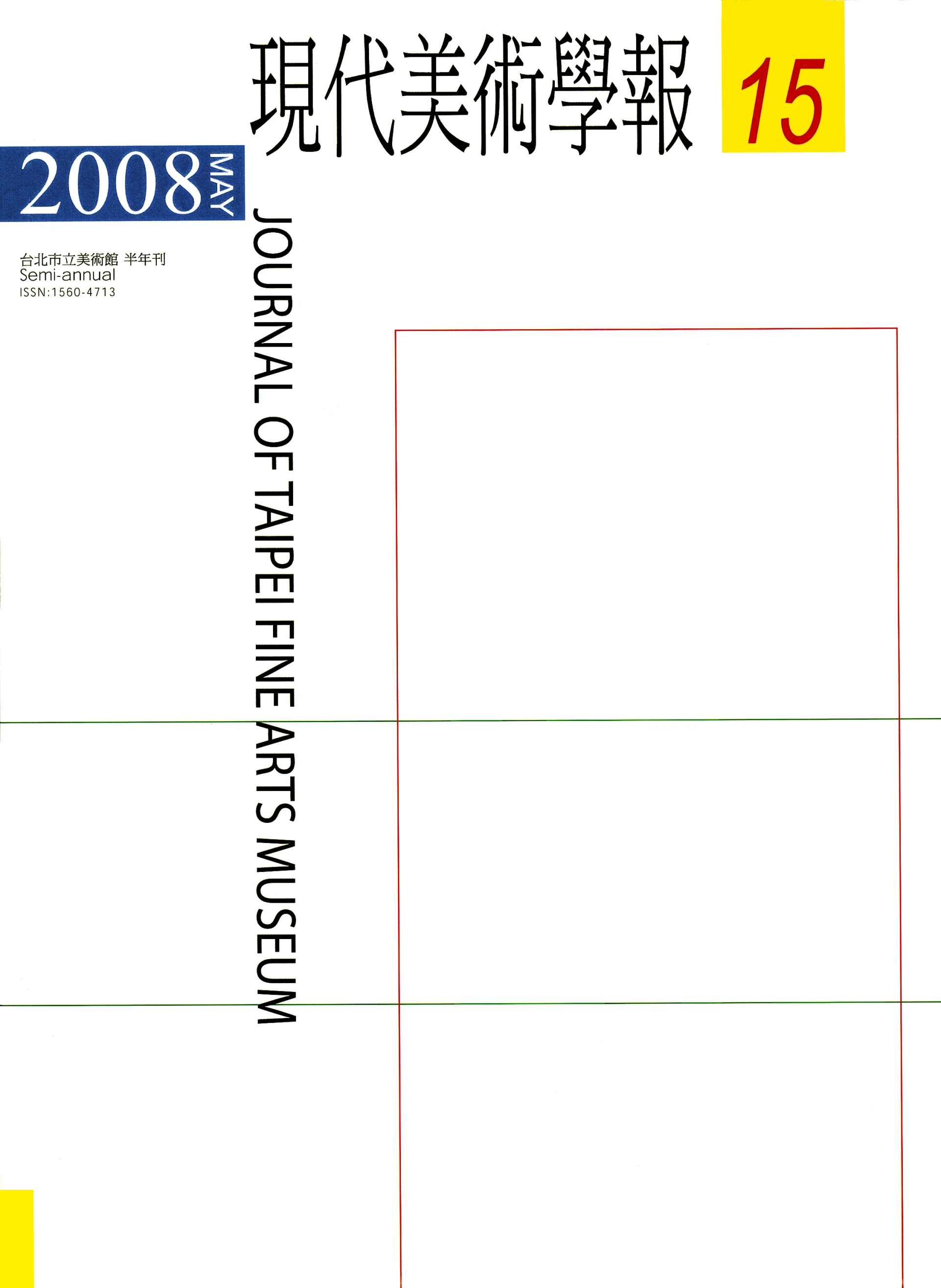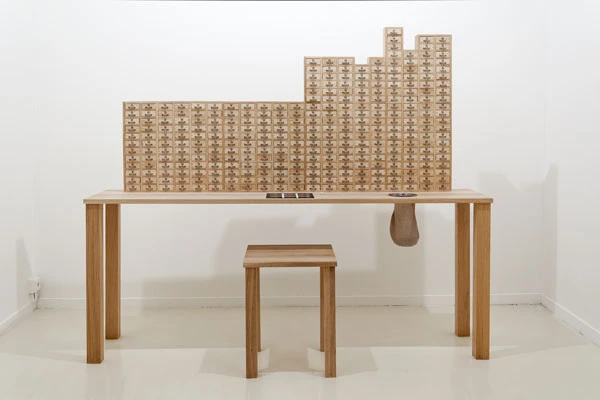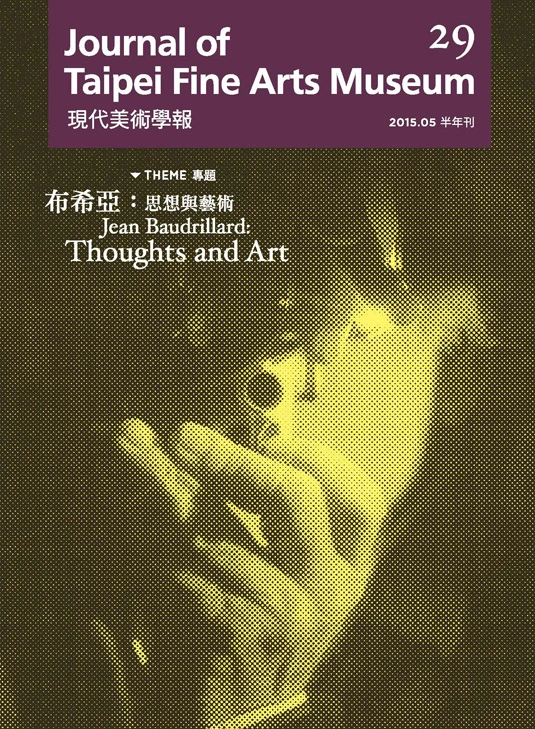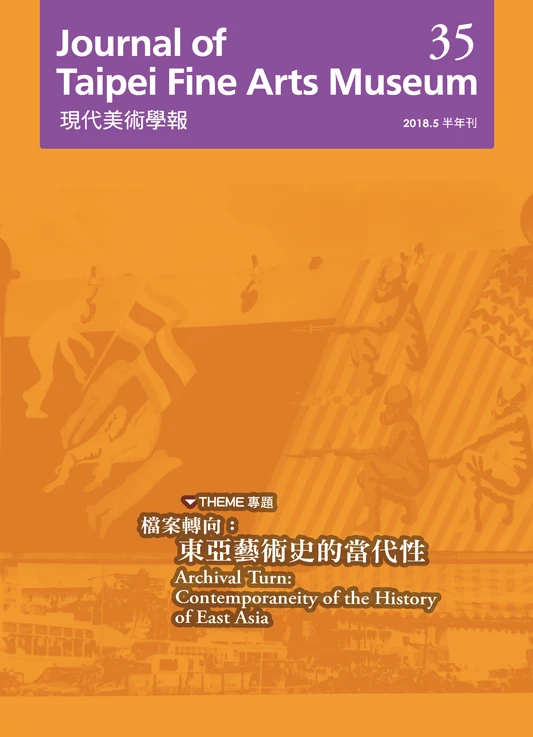摘要
本文關於緬甸藝術家巴基昂梭(1923-1990)根據由拉賓德拉納特.泰戈爾(1861-1941)所定義,隨後由南達拉爾.鮑斯(1882-1966)在和平鄉的維斯瓦.巴拉迪大學所實踐的「真正的現代主義」而審驗的自主藝術現代性。首先,本文欲理解昂梭如何解釋其藝術策略中對「現代」、「藝術」與「藝術家」的精神概念,以推敲其建立在多元的圖像傳統與古老的心靈文化技術,進而領先於國際現代藝術之藝術。本文接著探討昂梭如何通過佛教思想、修行與圖像,創立以「全世界的各個傳統」為基礎「最進步的現代藝術」的藝術風格。如此獨特的自主藝術現代性又留下了什麼樣的傳承?本文將細讀昂梭的作品與書寫,研究其在1950至1980年代所建立的藝術風格。
關鍵詞
現代緬甸藝術、現代東南亞藝術、佛教藝術、和平鄉、泰戈爾
Abstract
Following "The Question of the Emergence of Modern Burmese Art: Kin Maung (Bank)(1908-1983) and Bagyi Aung Soe (1924-1990)" (2014) on the unevenness and plurality of the modern in twentieth-century painting in Myanmar, this essay expands on Aung Soe's assimilation and innovation of "true modernism" as defined by Rabindranath Tagore (1861-1941) in reaction to imperialism and colonization, and as implemented by Nandalal Bose (1882-1966) in the pedagogical program of the Viśva-Bhāratī University in Śāntiniketan. Through a selection of Aung Soe's works and writings from the 1950s to the 1980s, it investigates the strategies he adopted to formulate an artistic modernity aligned with Tagore's vision of absolute autonomy. The first part probes his constructs of the "modern," "art"" and "artist" that paved the way to a Burmese and modern pictorial idiom founded upon a diversity of artistic traditions in conjunction with ancient spiritual technology. The second part examines how Buddhist thought, practice and imagery next provided him with the means to create "the most advanced of modern art" that is the sum of "all the traditions of the world," and the final part addresses the implications of this singular conception of artistic modernity with respect to his legacy.
Keywords
Modern Burmese art, Modern Southeast Asian art, Buddhist art, Śāntiniketan, Tagore

